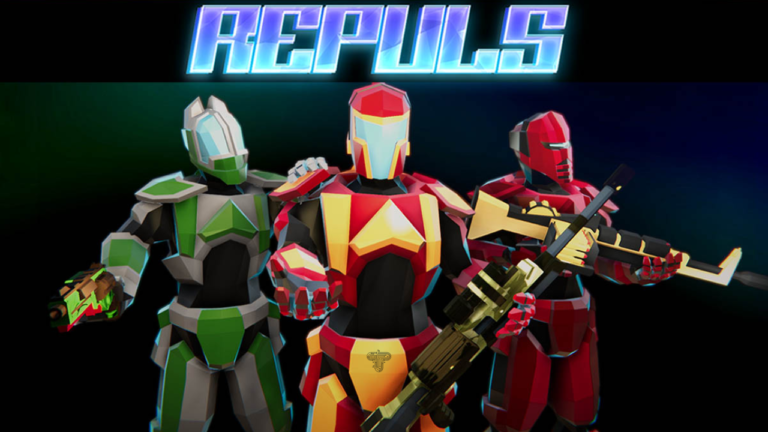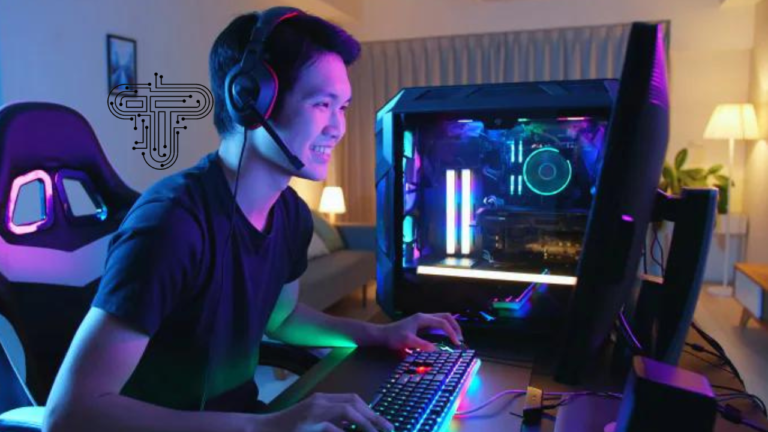Ultimate Drag Race Simulator: Experience High‑Octane Racing Like Never Before
Introduction: What Is a Drag Race Simulator?
A drag race simulator is a software or hardware‑supported tool designed to replicate the thrill, physics, and performance dynamics of quarter‑mile (or eighth‑mile) drag racing in a virtual environment. These simulators can range from highly detailed professional applications used by engineers and racers, such as DragSim5 or Drag Racing Analyzer Pro, to more casual yet still immersive video games and mobile apps. What unites all is their goal: to deliver precise acceleration modeling, accurate traction and shift-point simulation, weather-dependent grip, and real-time feedback to capture the visceral drama of standing-start drag racing.
Realism and Physics: The Heart of a True Simulator
At the core of any credible drag race simulator lies its underlying physics engine. Professional-grade titles like DragSim5 simulate every inch of the run—from 0 to 60 ft, 330 ft, 660 ft (1/8‑mile), to 1 000 ft and 1 320 ft (¼‑mile)—using iterative step‑by‑step vehicle‑dynamics computations. They allow users to input real engine power curves, transmission types, gear ratios, weight distribution, and even weather and traction specifics, producing highly accurate elapsed times (ET) and top speeds.
Drag Racing Analyzer Pro takes it a step further with features like nitrous oxide timing, ram-air effects, centrifugal clutch modeling, and the ability to import data-logger results to validate simulated versus real-world performance. Such depth makes these tools invaluable to racers and engineers who want to optimize performance before they even hit the track.
Gaming Simulators: Accessible Yet Immersive Alternatives
For gamers and enthusiasts, several accessible titles offer a compelling drag racing experience:
- Racing Classics: Drag Race Simulator by T‑Bull, released in May 2019, offers classic ’70s and ’80s drag racing with 16 iconic cars, deep upgrades, 45 story‑mode stages, and leaderboards. It’s Mostly Positive reviews reflect engagement in both single‑player and multiplayer modes.
- Various mobile titles like Door Slammers 2, No Limit Drag Racing 2.0, and Drag Sim: King of The Racing receive praise from communities for offering realistic behavior, customizable setups, and engaging starting line routines—even if they don’t match professional simulators’ fidelity. One Reddit user remarks:
“Door Slammers 2… Cars behave realistically, setups actually matter… I highly recommend giving it a download”. Another user notes individuality in staging and steering control. - Drag Sim 2020, available on Nintendo Switch, promises over 70 cars, interior views, manual transmissions, and next‑gen graphics—even though critic reviews are currently sparse.
Specialized Drag Simulation Tools for Professionals
For serious experimentation, tools like DeskTop Drag (also known as Desktop Drag5) offer high accuracy and professional test frameworks at a relatively low cost. According to ProRacingSim, no other simulation matches its combination of cost, features, and testing capability.
Likewise, DragSim5 supports rigorous experimentation with engine curves, iterative testing to automatically find optimal gear ratios and shift points, and detailed drag-strip modeling for both front- and rear-wheel-drive vehicles.
Performance Analysis and Training Tools
Beyond gaming and engineering, some simulators are specifically designed for race training and performance refinement. The Time Slip Simulator, for example, is used by drag racers to replay and analyze races, helping them identify areas for improvement.
Key Features and What to Look For
Based on current expert recommendations, ideal attributes of a drag race simulator include:
- Physics Accuracy: Precise simulation of acceleration curves, traction, vehicle weight, and aerodynamics.
- Car Customization: Ability to tweak engines, gearboxes, tires, weight, and aerodynamic parts.
- Track Fidelity: Realistic strip and weather modeling for consistent grip and environmental factors.
- Performance Telemetry: Detailed readouts on ET, speed, RPM, toe-in, wheelspin, and more.
- Analysis Tools: Graphing, iterative testing, and auto‑optimize functions to explore ‘what-if’ scenarios.
- User Experience: Whether through engaging UI, realistic HUD, or multiplayer modes—important for enjoyment.
Outline Review: Covering the Specified Sections
1. Introduction
Explained what drag race simulators are, their types, and their unifying goal.
2. Realism & Physics
Described professional-grade simulators and their physics accuracy.
3. Gaming Simulators
Highlighted accessible titles and community sentiment (Reddit quotes).
4. Professional Tools
Reviewed DeskTop Drag, DragSim5, Analyzer Pro for advanced users.
5. Training & Analyzer Tools
Mentioned Time Slip Simulator as a prep/training companion.
6. Key Features to Evaluate
Summarized what makes a simulator worth choosing, based on recent guides.
Tech Blaster
Conclusion: Which Drag Race Simulator Is Right for You?
If you’re after engineering‑grade precision, tools like DragSim5, Drag Racing Analyzer Pro, or DeskTop Drag stand out for their physics depth and tuning flexibility. These are suited for performance engineers, serious hobbyists, and racers preparing for real-world events.
For immersive gaming experiences, titles such as Racing Classics: Drag Race Simulator, Drag Sim 2020, and mobile offerings like Door Slammers 2 or No Limit Drag Racing 2.0 offer accessibility, style, and competitive flair—without needing a background in automotive mechanics.
Finally, for race strategy and training, simulators like Time Slip Simulator bridge the gap—turning virtual runs into actionable feedback.







